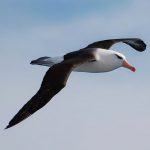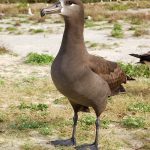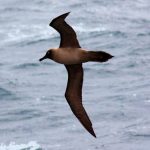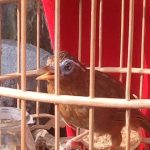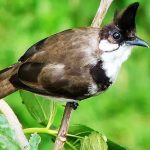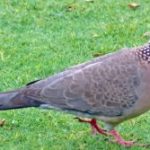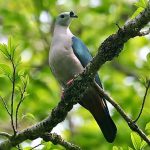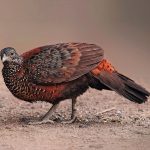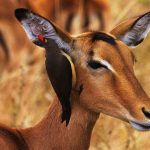Wandering albatross
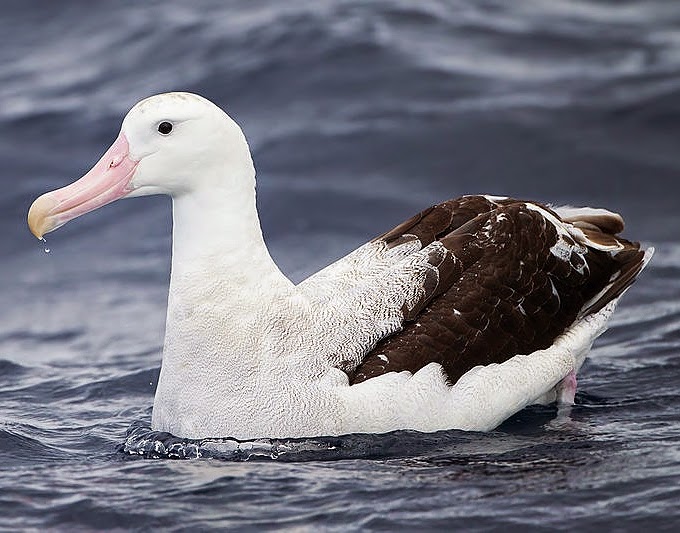
Common name:
wandering albatross (en); albatroz-errante (pt); albatros hurleur (fr); albatros viajero (es); wanderalbatros (de)
Taxonomy:
Order Procellariiformes
Family Diomedeidae
Range:
This species breeds in small, remote islands of the southern oceans, namely South Georgia, Prince Edward Islands, Crozet Islands, Kerguelen Islands and Macquarie Island. They wander over most of the southern oceans, as far south as the northernmost parts of Antarctica and as far north as southern Brazil and central Chile, southern Namibia and Mozambique, New Zealand and southern Australia.
Size:
These birds are 107-135 cm long and have the largest recorded wingspan of any bird alive today, at 250-350 cm. They weigh 8,2-11,9 kg.
Habitat:
The wandering albatross is a pelagic bird, found in open oceanic waters and only coming to land to breed in on exposed ridges and hillocks, amongst open and patchy vegetation, in remote oceanic islands.
Diet:
They hunt fish, squids and other cephalopods, and, to a lesser extent, crustaceans. Their prey include the cephalopods Kondakovia longimana, Sepia apama, Histioteuthis, Moroteuthis, and Taonius, and toothfishes Dissostichus.
Breeding:
Wandering albatrosses start breeding in December and typically only breed once every 2 years. They are monogamous and mate for life. They nest in loose colonies, each pair building a mound of grasses, moss and peat soil, where the female lays a single egg. The egg is incubated by both parents for 74-85 days. The chick is fed by both parents and fledges 7-10 months after hatching. They reach sexual maturity at 9-11 years of age.
Conservation:
IUCN status – VU (Vulnerable)
This species has an extremely large range and the global population is currently estimated at 20.100 individuals. The population is believed to have declined by 30% over the last 7 decades, but presently only the population is South Georgia is still declining, with other breeding population now stabilized or slightly increasing. Declines of wandering albatross population are mainly caused by accidental by-catch in longline fisheries, while hunting was only a problem until the early 20th century. Chicks are vulnerable to the accumulation of anthropogenic debris and fishing hooks, and in some islands can be preyed upon by cats. There has also been extensive habitat loss and degradation at South Georgia due to the activities of Antarctic fur seals Arctocephalus gazella. The Commission for the Conservation of Antarctic Marine Living Resources (CCAMLR) has introduced measures which have reduced by-catch of albatrosses around South Georgia by over 99%, and other Regional Fisheries Management Organisations, have taken initial steps to reduce seabird by-catch rates. Most breeding colonies are part of nature reserves and on Macquarie cats have been eradicated and an operation targeting rabbits, rats, and mice commenced in the winter of 2010.

